MACRO PHOTOGRAPHY
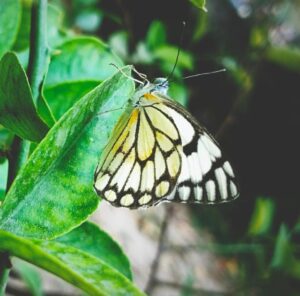
In the vast realm of photography, there’s a genre that allows us to see the world in an entirely new light – macro photography. It’s a captivating branch that takes us into the miniature universe that often goes unnoticed. Through this article, we’ll delve into the captivating world of macro photography, exploring its techniques, equipment, creative potential, and tips for beginners.
Understanding Macro Photography
Macro photography is the art of capturing extreme close-up images of small subjects, revealing intricate details that are invisible to the naked eye. The primary goal is to produce photographs that present these tiny subjects in a larger-than-life format, offering viewers an entirely fresh perspective on the world around us.
Equipment Essentials in macro photography
To delve into the world of macro photography, having the right equipment is crucial. Here’s a rundown of the essentials:
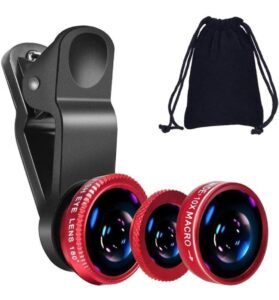
1. *Macro Lens*: The most important piece of equipment for macro photography is a dedicated macro lens. These lenses are designed to provide 1:1 magnification, allowing you to capture subjects at life-size proportions. A typical macro lens will have a focal length of around 90mm to 105mm, striking a balance between working distance and magnification.
2. *Extension Tubes*: These are accessories that can be added between the camera body and the lens to increase the distance between the lens and the sensor. This extension allows for closer focusing, effectively turning any lens into a macro lens.
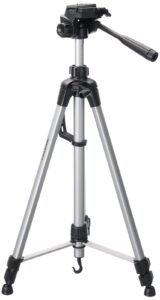
3. *Tripod*: Given the extreme close-up nature of macro photography, even the slightest camera movement can lead to blurry images. A sturdy tripod is a must to ensure sharp shots.
4. *Remote Shutter Release*: To eliminate any camera shake caused by pressing the shutter button, a remote shutter release or the camera’s built-in timer function can be used.
5. *Lighting*: Adequate lighting is crucial for macro photography. Natural light can work well, but macro-specific lighting equipment like ring flashes or diffused strobes can help control shadows and bring out the subject’s details.
Techniques for Macro Photography
1. *Focusing and Depth of Field*: Achieving sharp focus in macro photography can be challenging due to the shallow depth of field. It’s important to use a small aperture (higher f-stop number) to increase the depth of field and ensure that your subject is in focus.
2. *Composition*: Just like any other genre of photography, composition plays a vital role in macro photography. Pay attention to the placement of your subject, the background, and any leading lines that can guide the viewer’s eye.
3. *Background and Bokeh*: A pleasing background is crucial to make your subject stand out. Achieve a beautiful background blur (bokeh) by using a wide aperture.
4. *Stabilization*: As mentioned earlier, camera shake can ruin a macro shot. Use a tripod, remote shutter release, and image stabilization (if available) to counteract this.
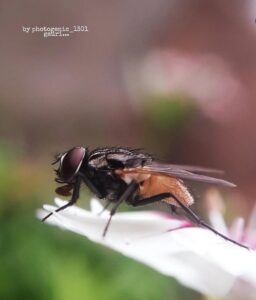
Creative Potential
Macro photography opens up a world of creative possibilities. It allows you to capture the intricate patterns on a butterfly’s wings, the delicate structure of a flower’s petal, or the tiny water droplets on a spider’s web. Through macro photography, everyday objects like a dewdrop or a grain of sand can become subjects of fascination and beauty.
Tips for Beginners
1. *Start with Flowers and Insects*: Flowers and insects are popular subjects for macro photography due to their intricate details. They also tend to be more stationary than other tiny subjects.
2. *Patience is Key*: Macro photography requires patience. Waiting for the right light, the right moment, and a still subject is crucial for capturing stunning shots.
3. *Experiment with Angles*: Don’t hesitate to explore different angles. Get down low, shoot from above, or experiment with side angles to find the most intriguing perspective.
4. *Manual Focus*: Autofocus can struggle with the fine details of macro subjects. Consider using manual focus to have more control over what you’re focusing on.
5. *Practice Depth of Field*: Experiment with different apertures to understand how they affect the depth of field in your images.

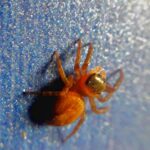
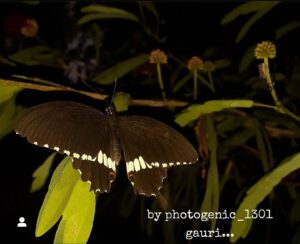
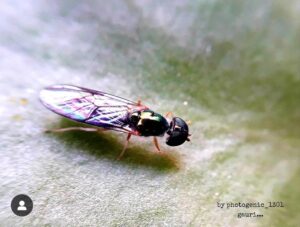
Conclusion
Macro photography is a captivating journey into the world of the tiny and often unnoticed. It allows us to marvel at the intricate beauty of nature and objects we might overlook. Armed with the right equipment, techniques, and a dash of creativity, anyone can explore this unique branch of photography. So grab your camera, find a small subject, and embark on a macro adventure that promises to reveal a whole new dimension of wonder.
By the original definition, a macro photograph is one in which the size of the subject on the negative or image sensor is life size or greater. In some senses, however, it refers to a finished photograph of a subject that is greater than life size.
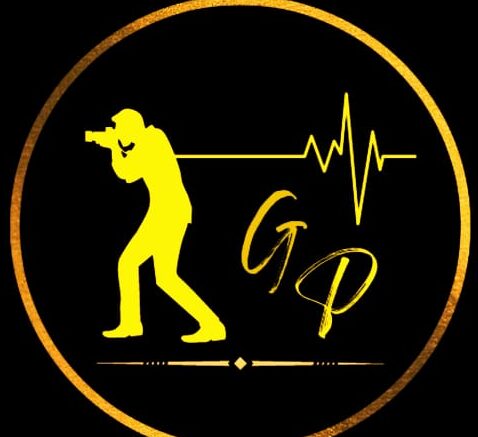
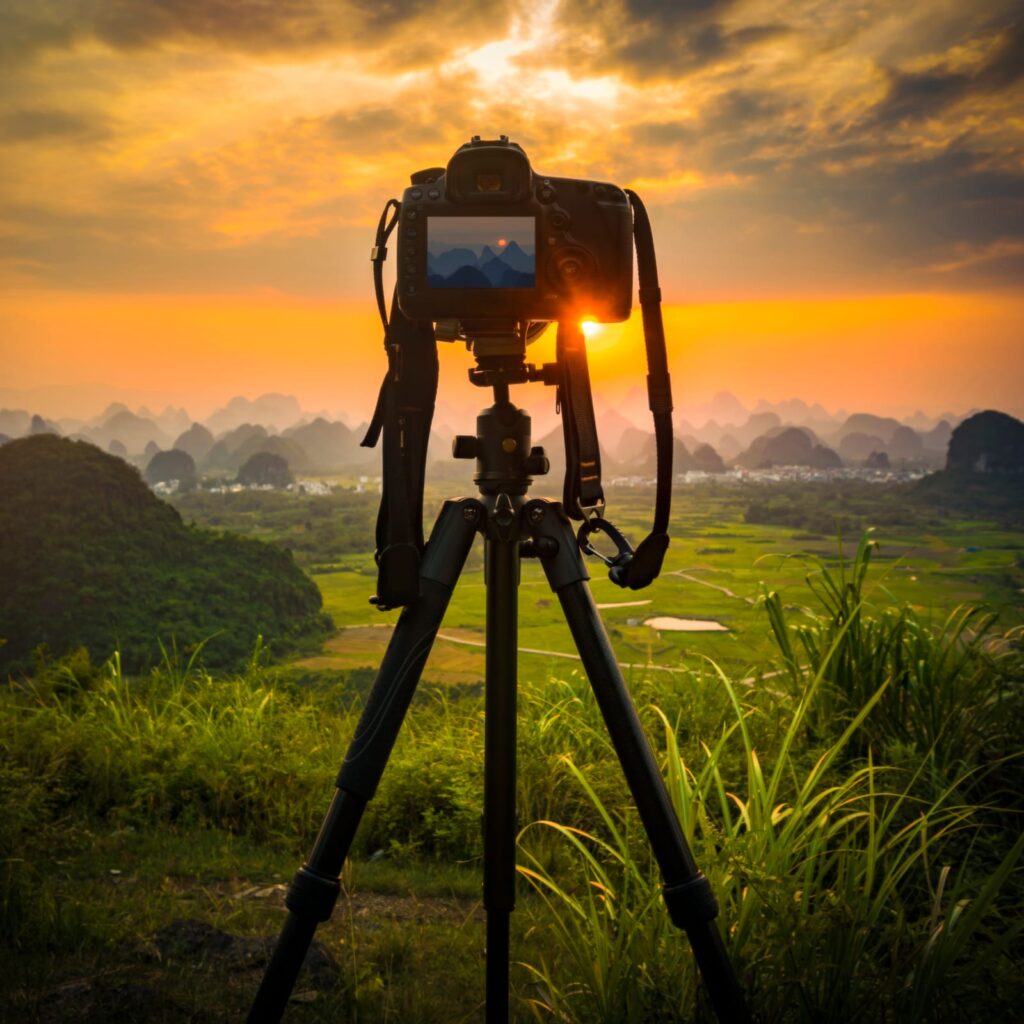
Awesome click…
Keep it up 👍👍